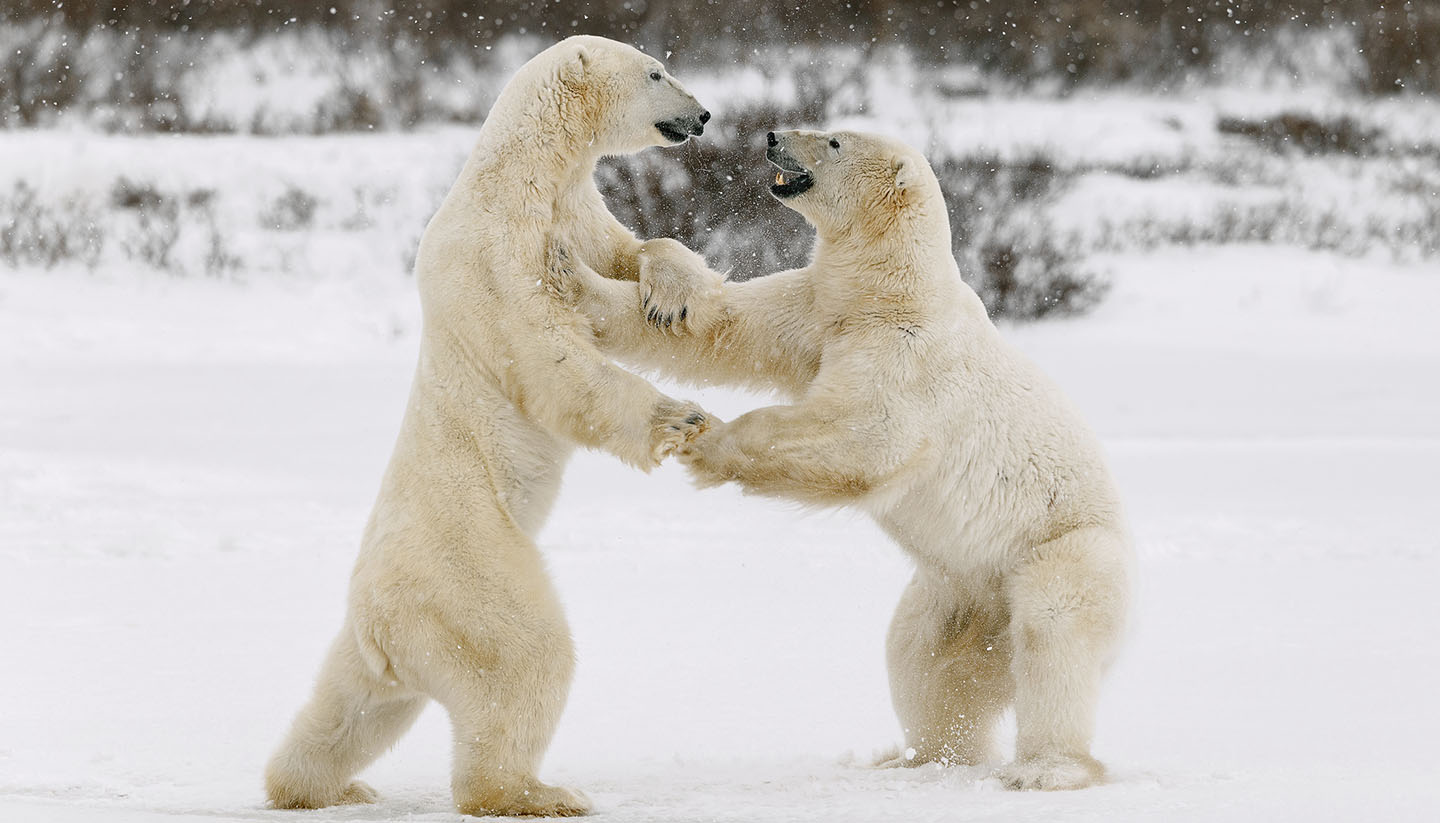Nunavut Weather, climate and geography
Weather and climate
Best time to visit
Owing to the vast size of the territory, there are great variations in the weather. Winters can be severe - the northernmost community of Grise Fiord has a mean January temperature of -35ºC (-31ºF) and a mean July temperature of 10ºC (50ºF). Summers are milder, but the temperature can drop suddenly.
Conditions in all parts of the territory can become hazardous when there is a combination of a low temperature and a strong wind. You should follow local advice concerning weather conditions very carefully. Nevertheless, the summer months are suitable for a wide range of activities.
Required clothing
Winter weather requires down-filled and other polar-temperature gear. Special clothing is required for adventure expeditions. Good-quality windproof and waterproof clothes, warm jerseys, gloves and moulded sole shoes are needed at all times of the year. In the summer, thinner clothes are required but layers should be worn in case of sudden weather changes. Sunglasses and protective lotion are strongly advised. A mosquito net and repellent are essential in some areas during July and August.
Geography
Nunavut covers one-fifth of Canada, stretching from Ellesmere Island off Greenland's north coast to a border that runs north from the Saskatchewan/Manitoba border and then angles west to the Arctic coast near Amundsen Gulf. The mainland portion of the territory is an almost untouched wilderness, where the stark northern tundra changes into cliffs and plateaux along the Northwest Passage. To the north and east, the Arctic Islands are surrounded by pack ice for most of the year and the region extends to the glaciers, jagged mountains and fjords of the eastern shores of Baffin and Ellesmere Islands.


